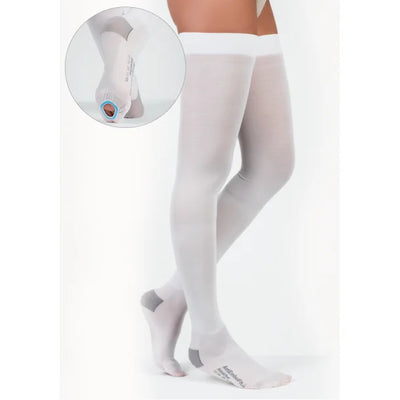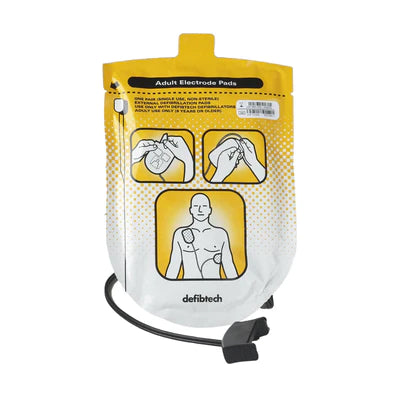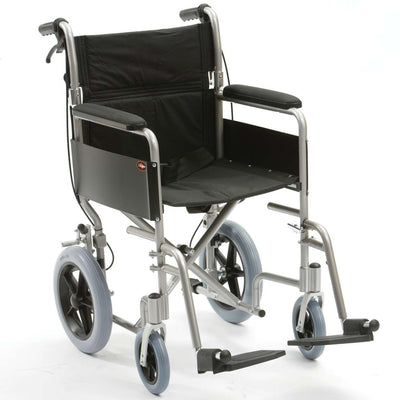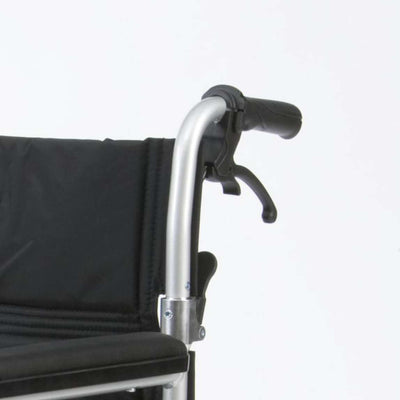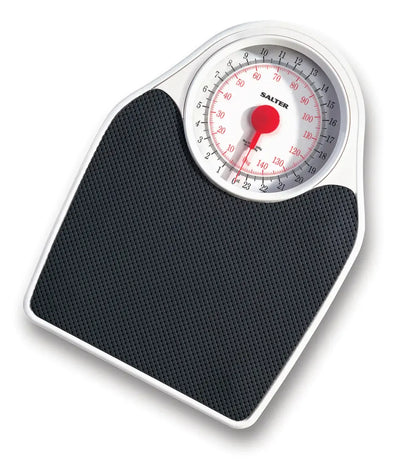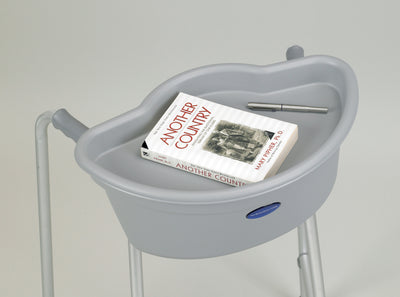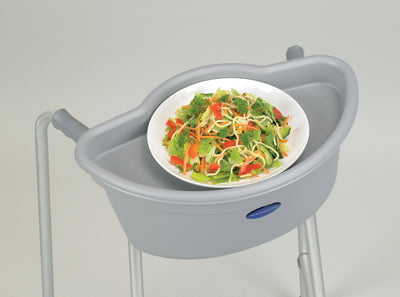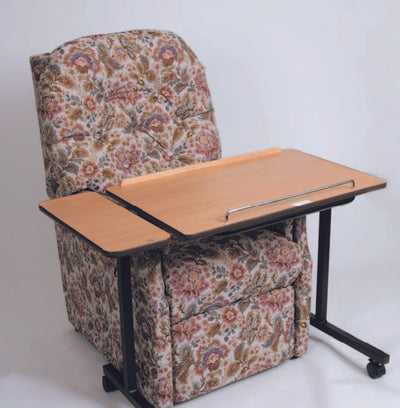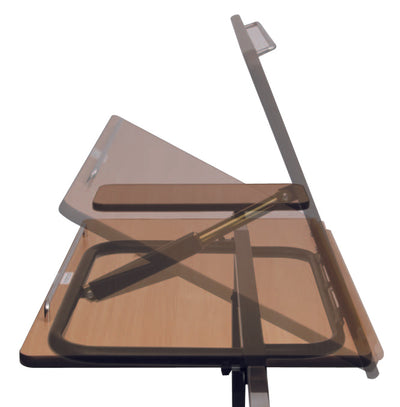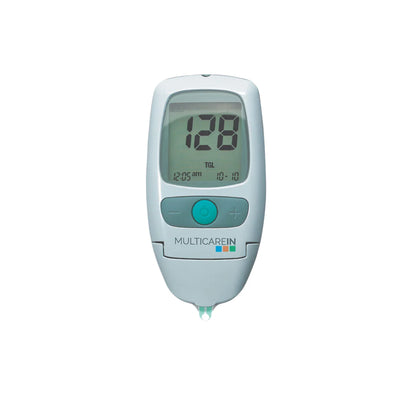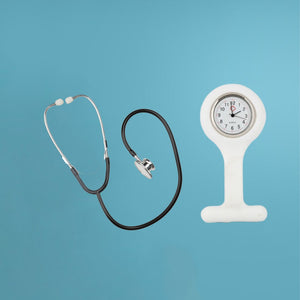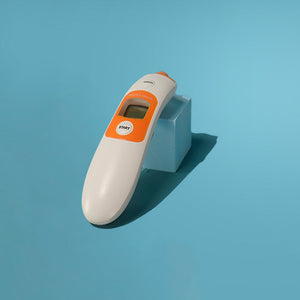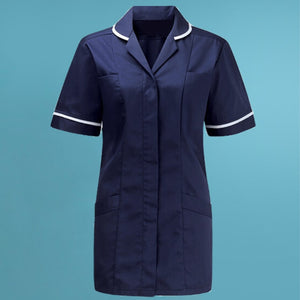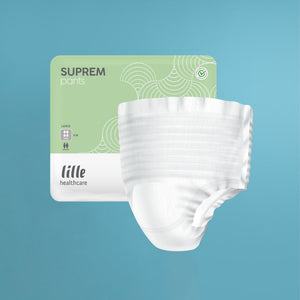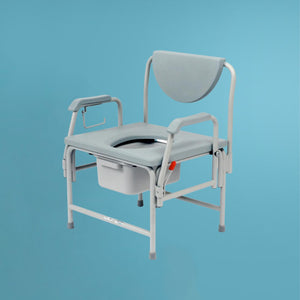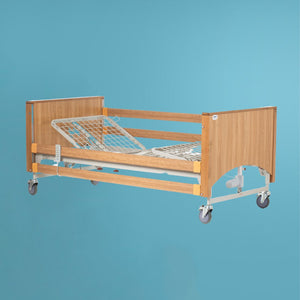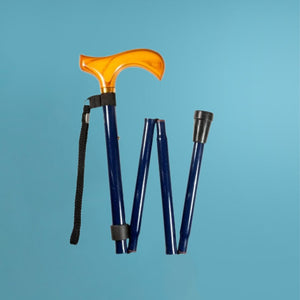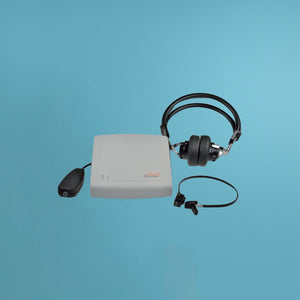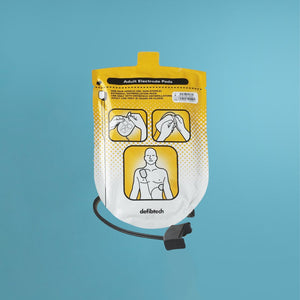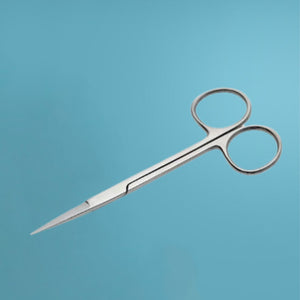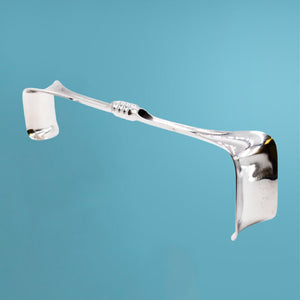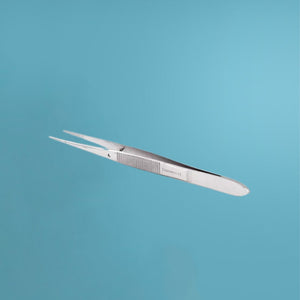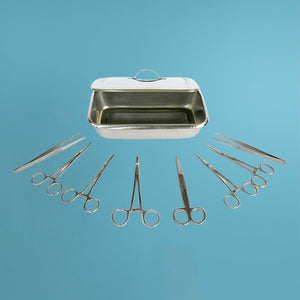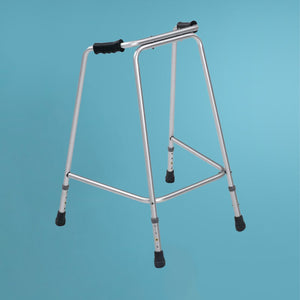Stethoscope 101: Step-by-step guide to Listening to the Heart
Learning how to use a stethoscope to listen to the heart is an essential skill for medical professionals, especially those in the cardiology field. The stethoscope helps to identify and diagnose various heart conditions, including murmurs, valve disorders, and arrhythmias. Here is a step-by-step guide on how to listen to the heart and the common sounds to look out for when using a stethoscope.
Step 1: Positioning the Stethoscope
Before placing the stethoscope on the patient's chest, it's crucial to ensure that it's in good working condition. Check the earpieces and diaphragm for any cracks or damage that may affect the sound quality. Once you're satisfied with the stethoscope's condition, place the earpieces in your ears and position the diaphragm on the patient's bare chest, slightly to the left of the sternum, which is the bone that runs down the centre of the chest. You will also need to select the appropriate stethoscope component and use the diaphragm side to detect higher frequencies.
Step 2: Identifying the Heart Sounds
The heart has four distinct sounds, which are commonly referred to as S1, S2, S3, and S4. S1 is the first sound heard and is caused by the closure of the mitral and tricuspid valves. S2 is the second sound heard and is caused by the closure of the aortic and pulmonary valves. S3 and S4 are the third and fourth sounds, respectively, and are caused by the blood flowing into the ventricles.
Step 3: Listening to the Heart Sounds
First, you will have to identify the auscultation points on the chest:
-
The aortic valve area is found on the second intercostal space on the right sternal border
-
The pulmonic valve area is found at the fourth intercostal space on the left sternal border
-
The mitral valve is at the fifth intercostal space in the midclavicular line.
To listen to the heart sounds, place the diaphragm on the patient's chest and listen for the four sounds. S1 and S2 are the most prominent sounds and are heard in all patients. S3 and S4 are fainter and may only be heard in some patients. It's essential to listen to each sound individually and note any abnormalities or irregularities in its timing or intensity.
Step 4: Identifying Heart Murmurs
Heart murmurs are caused by the turbulent flow of blood through the heart valves. They can be heard as a whooshing or swishing sound between the S1 and S2 sounds. Murmurs can be classified as systolic, diastolic, or continuous, depending on when they occur in the cardiac cycle. It's crucial to note the timing, intensity, and location of the murmur and refer the patient to a cardiologist for further evaluation if necessary.
In conclusion, learning how to use a stethoscope to listen to the heart is an essential skill for medical professionals. By following the steps outlined above, you can identify the four heart sounds and the common murmurs heard in patients. Regular practice and experience will help you become more proficient in identifying and diagnosing various heart conditions.
Step 5: Assess Heart Rate and Rhythm
Count the number of beats per minute (BPM) by listening to the heart for 60 s. You can then determine if the heart beat is regular or irregular and note down any variations in the intensity or timings.

